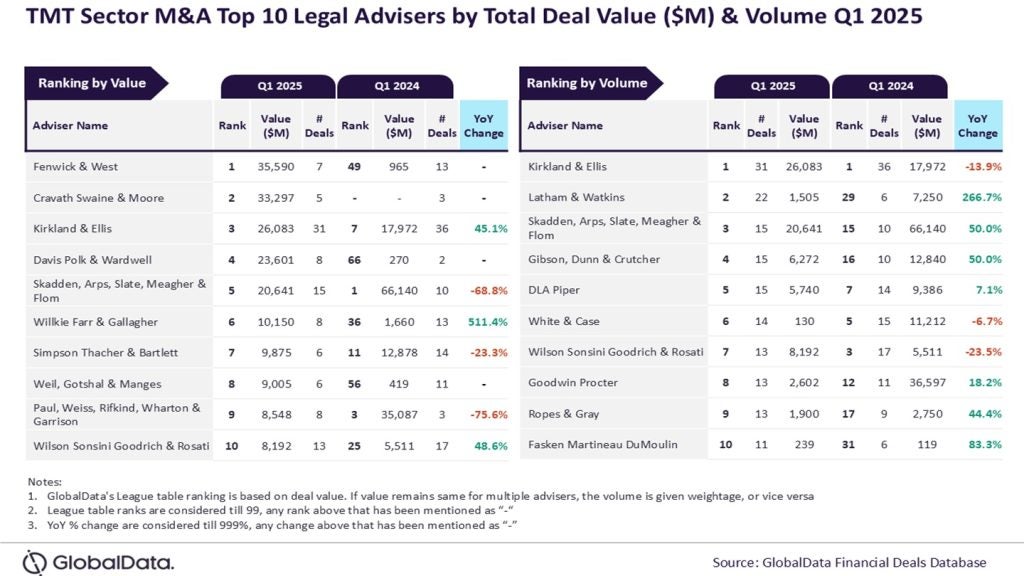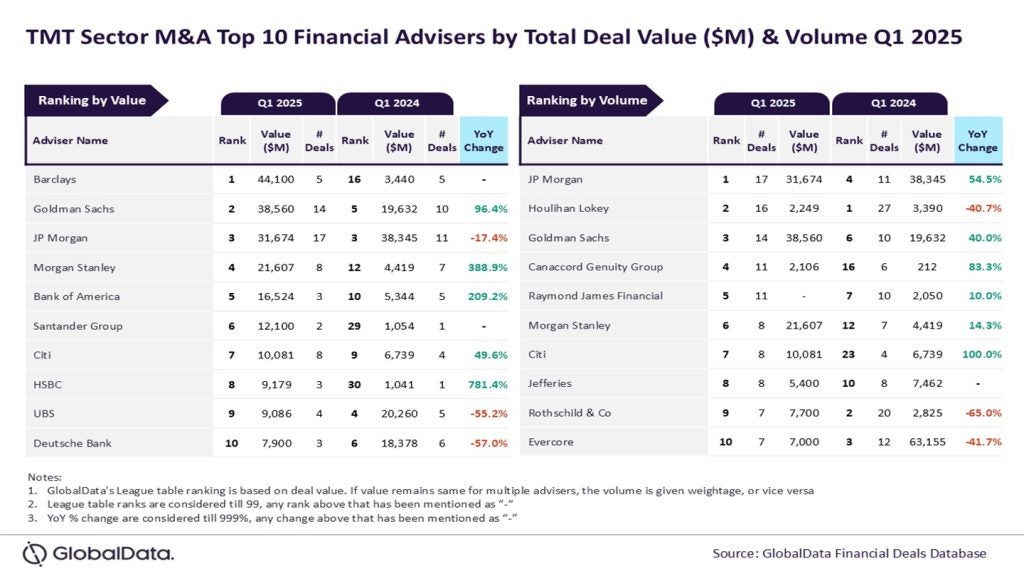
Virtual reality (VR) technology is front and centre to Mark Zuckerberg’s metaverse plans. The CEO of Facebook-owner Meta has made it clear that the next stage of the revolution of the internet will involve more digital escapism than ever before.
However, the Zuck is hardly alone in championing the advent of the VR paradigm shift. Indeed, technophiles have evangelised the coming of the new VR age for decades. VR has a long history, dating back to 1956. This was when one of the early VR systems, Sensorama was created.
The term VR was popularised in the 1980s and tech bros have awaited the introduction of a techscape akin to that envisioned in Ready Player One ever since.
Yet despite those endorsements, mass-adaptation has so far eluded the VR industry. This could be about to change.
The global VR market will be worth $51bn by 2030, a significant rise from an estimated $5bn in 2020, according to forecasts from GlobalData. The research firm estimates that the VR market will expand at a 27% compound annual growth rate leading up to 2030.
What is behind this sudden surge? Where is the growth happening? And, come to think about it, what is VR?
If you’ve caught yourself asking those questions, then you’re not alone. But don’t worry; we’ve got you covered.
How does virtual reality work?
So, let’s start with the basics: what is VR? The short answer it that it’s a shorthand for ways to access digital realms. The long answer to what VR is is a bit more complicated.
“[VR is a technology that] uses special equipment such as headsets or gloves fitted with sensors, sometimes in combination with physical environments or props, to generate realistic images, sounds, and other sensations that simulate a user’s physical presence in a virtual or imaginary 3D environment,” Rupantar Guha, analyst at GlobalData tells Verdict.
User need a VR headset in order to access the these digital realms. The headsets have built-in screens, one to cover for each eye, to eliminate all real world interactions.
Visuals are rendered on those screens through direct connection with other devices, such as a PC. For untethered devices, visuals are rendered by an inbuilt computer system.
There are projects underway to develop solutions to stimulate the touch and feel of virtual objects.
Microsoft has developed one such project, christened the Claw. It is a handheld haptic controller enabling users to grasp, touch and trigger objects in a virtual world.
What are the biggest business opportunities in virtual reality?
VR has been singled out as one of the most crucial technologies in Zuckerberg’s metaverse push. Whether or not the Facebook founder would’ve been equally enthused by the technology if the company hadn’t acquired Oculus Rift back in 2014 we’ll leave unsaid.
What we can say is that the Meta CEO isn’t alone in singling out VR as a key technology. Several industries are already using VR technologies. VR is already used in in retail, aerospace, airlines, oil and gas, education, healthcare, training, collaboration, in innovation and work.
When it comes to end-users, GlobalData believes the consumer VR market has the most opportunities. The market accounted for 71% of total VR revenue for 2020. Consumer VR markets include gaming and retail.
GlobalData forecasts that the enterprise segment will eventually overtake the consumer segment in the VR market. The research firm predicts that the enterprise VR market will account for 62% of total VR revenue by 2030.
Guha believes gaming is “the most fertile ground for VR” in the consumer market. The technology is also gaining traction in social media and live streaming.
“Consumer-focused VR companies are striving for a semi-mythical killer app to make VR a mainstream hit,” Guha says. “Meanwhile, VR companies are increasingly exploring growth among enterprises.”
Why should businesses care about these opportunities?
The pandemic and the jump in remote work accelerated innovation and usage of VR. Analysts believe more people will begin to use VR in the next few years.
“VR-based collaboration and training will become important use cases for emerging enterprise-grade metaverses in the coming years,” Guha says. “As a result, big companies (e.g., Accenture) are adopting VR for task-specific uses such as employee onboarding, virtual events, and collaboration. More VR-based use cases will emerge as the technology matures.”
Over the next few years, VR will impact the metaverse. The virtual reality industry is set to grow even more, leaving businesses the chance to use this opportunity to adapt and build on the technology to be apart of and contribute to future of the metaverse.
“While it is still in the early stages of development, tech companies are expanding the VR ecosystem and positioning it as a next-generation computing platform,” Guha says. “VR is also a critical enabler of the metaverse, an emerging mega-theme that could revolutionise digital media.”
GlobalData is the parent company of Verdict and its sister publications.







